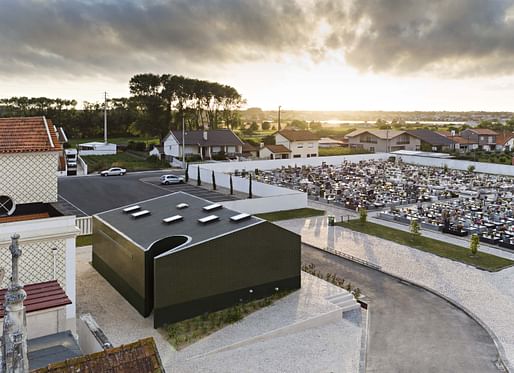
The very first public toilets were introduced in 1851 in London’s Crystal Palace. George Jennings, a Brighton plumber, installed what he referred to as 'Monkey Closets' in the Retiring Rooms of the glass-and-iron hall for the Great Exhibition, where over 827,280 visitors paid a pretty penny to receive a clean seat, a towel, a comb, and a shoe shine. After the success of Jennings' lavatory, public restrooms began to appear in the streets and are today ubiquitous despite becoming a political battleground for civil rights, and facing persecution all over America, and beyond.

One might not naturally think of the restroom as a central design element, but the humble bathroom has been shaping the spaces we occupy since Jennings' Hyde Park innovation. For instance, toilets are one of the first elements drawn in the plans for high-rise buildings before tenant's needs are worked out. Beyond the functional, restrooms can be quite beautiful as well from the residential to the commercial. In fact, there is even a contest held every year to single out the best in public restrooms across the U.S.
In Ílhavo, Portugal, a new public restroom on the site of a cemetery designed by architecture studio m2.studio, demonstrates how it can be the site of thoughtful design. Characterized by its bold and abstract geometry and covered in green tile, the lavatory is downright artistic and displays excellence in both function and design.
Wanting the structure to blend in with the tombstones of the surrounding cemetery, the architects sought to create an abstract object. This was achieved by designing the structure to display little to no information associated with a building. There are no doors, no windows, no sheds or porches, not to mention no signs or other markers.
The old building was a quite large, with vast flat roofs that almost touched the chapel. The architects reduced the size, and added green ceramic tiles, coating the entirety of the building and relating it to the nearby church. Facilitated as well by the north-south orientation, the building ensures a natural ventilation without the need for technology. All the interiors are white and receive natural lighting through skylights.
No Comments
Block this user
Are you sure you want to block this user and hide all related comments throughout the site?
Archinect
This is your first comment on Archinect. Your comment will be visible once approved.